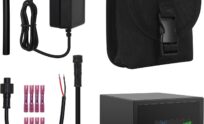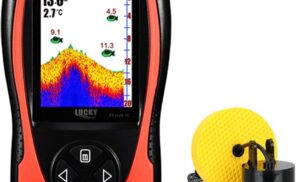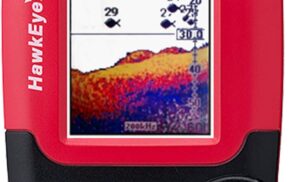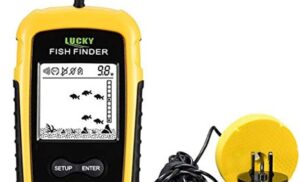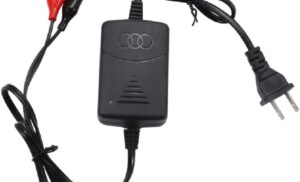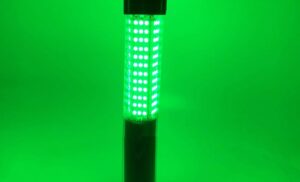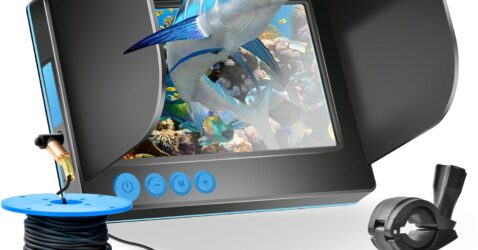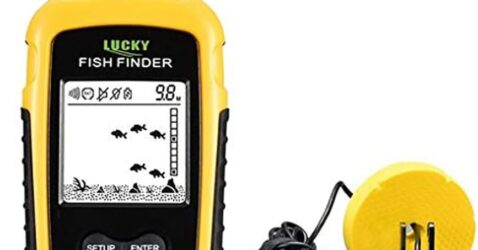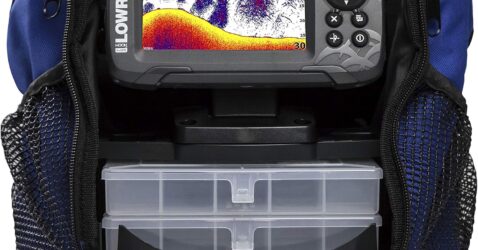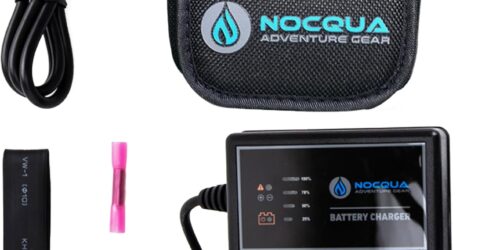Maximizing Your Time on the Water: Selecting the Best Battery for Your Fish Finder
For anglers, few things are as exhilarating as spending a day on the water, casting lines and reeling in fish. However, the experience can be quickly diminished by a dead fish finder battery. Choosing the right battery for your fish finder is crucial to ensuring that you maximize your time on the water. In this article, we’ll explore the different types of batteries available, their advantages and disadvantages, and provide tips for selecting the best one for your needs.
Understanding Fish Finder Power Requirements
Before diving into battery types, it’s essential to understand your fish finder’s power requirements. Most fish finders require a 12V power source, and their wattage can vary widely. Check the manufacturer’s specifications to find the voltage and amp-hour (Ah) rating that best suits your device. Knowing this information will help you select a battery that meets or exceeds these power requirements.
Types of Batteries for Fish Finders
1. Lead-Acid Batteries
Advantages:
- Affordability: Lead-acid batteries are often the most cost-effective option, making them popular among casual anglers.
- Availability: They are widely available in sporting goods stores and online.
Disadvantages:
- Weight: Lead-acid batteries can be heavy, which may be a concern for portable setups.
- Maintenance: They require regular maintenance, including checking water levels and equalizing charges.
- Shorter Lifespan: They typically have a shorter lifespan than other battery types, especially if deeply discharged frequently.
2. Lithium-Ion Batteries
Advantages:
- Lightweight: Lithium-ion batteries are significantly lighter than lead-acid counterparts, making them easier to transport.
- Longevity: They have a longer lifespan and can handle deep discharges without damage.
- Fast Charging: Lithium-ion batteries charge quickly, allowing you to get back on the water sooner.
Disadvantages:
- Higher Initial Cost: The upfront cost of lithium-ion batteries can be significantly higher than lead-acid batteries.
- Temperature Sensitivity: They can be sensitive to extreme temperatures, which may affect performance in very hot or cold conditions.
3. Absorbed Glass Mat (AGM) Batteries
Advantages:
- Maintenance-Free: AGM batteries are sealed and do not require maintenance, making them convenient for anglers.
- Resistant to Vibration: They are designed to withstand vibration, making them ideal for use in boats.
- Good Longevity: AGM batteries generally offer a longer lifespan than traditional lead-acid batteries.
Disadvantages:
- Weight: While lighter than traditional lead-acid batteries, they are still heavier than lithium-ion batteries.
- Cost: AGM batteries can be more expensive than standard lead-acid options.
4. Gel Batteries
Advantages:
- Leak-Proof: Gel batteries are sealed and resistant to leaking, making them safer for use in boats.
- Long Cycle Life: They have a longer cycle life than traditional lead-acid batteries.
Disadvantages:
- Temperature Sensitivity: Like lithium-ion, gel batteries can be affected by extreme temperatures.
- Cost: They can be more expensive than regular lead-acid batteries.
Factors to Consider When Selecting a Battery
-
Usage Duration: Consider how long you plan to be on the water. If you’re out for extended trips, a battery with a higher amp-hour rating may be necessary.
-
Weight and Portability: If you’re frequently moving your setup or fishing from a kayak, a lightweight option like lithium-ion may be the best choice.
-
Budget: Determine your budget beforehand. While lithium-ion batteries may seem pricey, their longevity can lead to cost savings in the long run.
-
Charging Options: Consider how you’ll charge your battery. Some batteries, like lithium-ion, require specific chargers, while others can be charged with standard chargers.
- Environmental Conditions: If you fish in extreme weather conditions, choose a battery that can withstand temperature fluctuations.
Conclusion
Maximizing your time on the water starts with ensuring your fish finder has the right battery to power it. By understanding the different types of batteries available, their advantages and disadvantages, and considering your specific needs, you can make an informed decision that enhances your fishing experience. Whether you opt for a traditional lead-acid battery, a lightweight lithium-ion, a reliable AGM, or a sturdy gel battery, the right choice will keep your fish finder running smoothly, allowing you to focus on what truly matters: catching fish and enjoying nature. Happy fishing!


